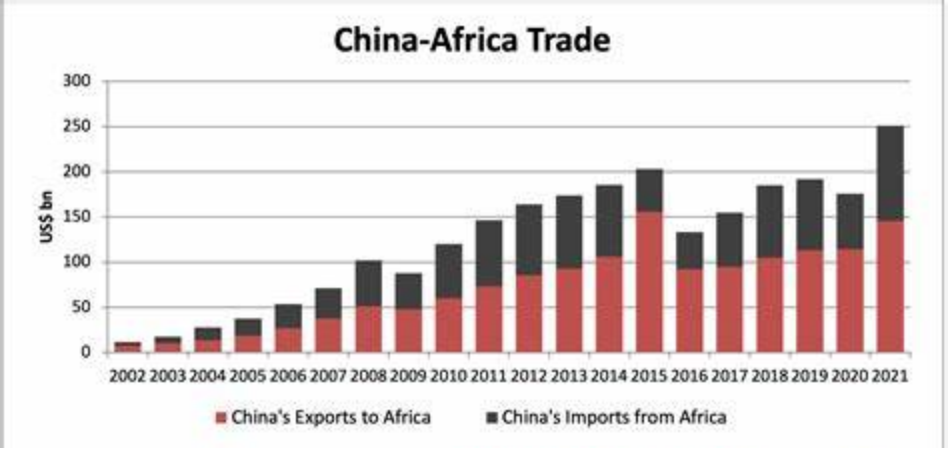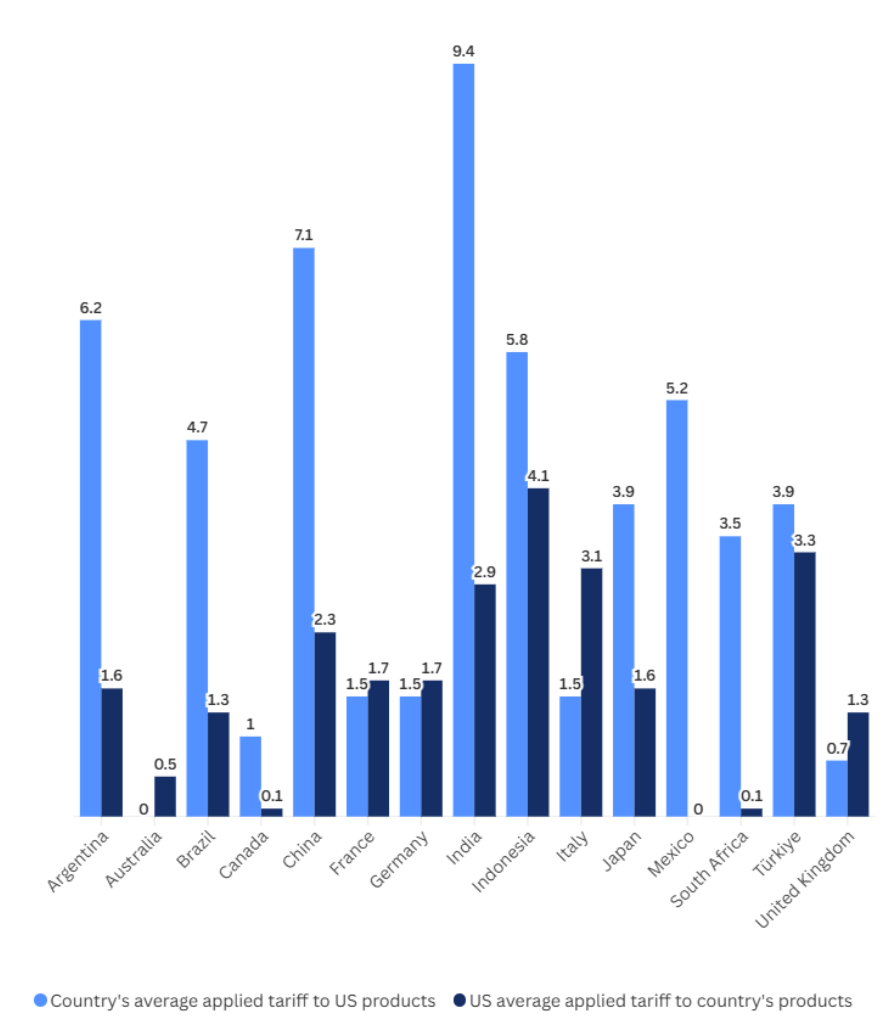Global Debt Accelerates, hits $100trn
 Public Debt
Public Debt
Global public debt is very high. It is expected to exceed $100 trillion (93 percent of global GDP) in 2024 and to keep rising through the end of the decade (approaching 100 percent of GDP by 2030).
Although debt is projected to stabilize or decline in about two thirds of countries, it will remain well above levels foreseen before the pandemic. Countries where debt is not projected to stabilize account for more than half of global debt and about two-thirds of global GDP.
There are good reasons to believe that future debt levels could be higher than currently projected. The political discourse on fiscal issues has increasingly tilted toward higher government spending in recent decades. Fiscal policy uncertainty has increased, and political redlines on taxation have become more entrenched.
Spending pressures to address green transitions, population aging, security concerns, and long-standing development challenges are mounting. Further, past experience shows that projections tend to systematically underestimate debt levels: realized debt to-GDP ratios three years ahead are, on average, higher than projected by 6 percentage points of GDP. Risks to the debt outlook are heavily tilted to the upside and much larger Fiscal adjustments than currently planned are required to stabilize (or reduce) debt with high probability. Rebuilding fiscal buffers in a growth-friendly manner and containing debt is essential to ensure sustainable public finances and financial stability.
The “debt at-risk” framework—is for assessing risks surrounding the baseline debt projections and how they vary across countries and over time. The framework shows how changes in economic, financial, and political conditions can shift the distribution of future debt-to-GDP ratios. Global debt-at-risk—the level of future debt in an extreme adverse scenario— is estimated to be nearly 20 percentage points of GDP higher three years ahead than in the baseline International Monetary Fund | October 2024 projections of the World Economic Outlook, reaching 115 percent of GDP in 2026.
This is because high debt levels today amplify the effects of weaker growth or tighter financial conditions and higher spreads on future debt levels. Debt-at-risk varies significantly across countries. For advanced economies as a group, three-year-ahead debt-at-risk has declined somewhat from pandemic peaks and is estimated at 134 percent of GDP, whereas debt-at-risk has increased to 88 percent of GDP for emerging market and developing economies.
Differences within and across country groups reflect an initial higher level of debt in advanced economies and large primary deficits in systemically important economies such as China and the United States. Financial conditions, however, play a greater role in adding to debt risks in emerging market and developing economies. The chapter shows that global factors increasingly drive the fluctuations in government borrowing costs across countries.
This suggests that high debt levels and uncertainty surrounding fiscal and monetary policy in systematically important countries could increase the volatility of sovereign yields and debt risks for other countries. Unidentified debt—the change in debt not explained by interest-growth differentials, budgetary deficits, or exchange rate movements—is another reason why debt outturns could be higher than projected. The chapter finds that unidentified debt has historically been large, averaging 1.0–1.5 percent of GDP per year and increasing by up to 7 percentage points of GDP following financial system stress. This stems primarily from the materialization of contingent liabilities and fiscal risks as well as arrears.
16-12-2024











